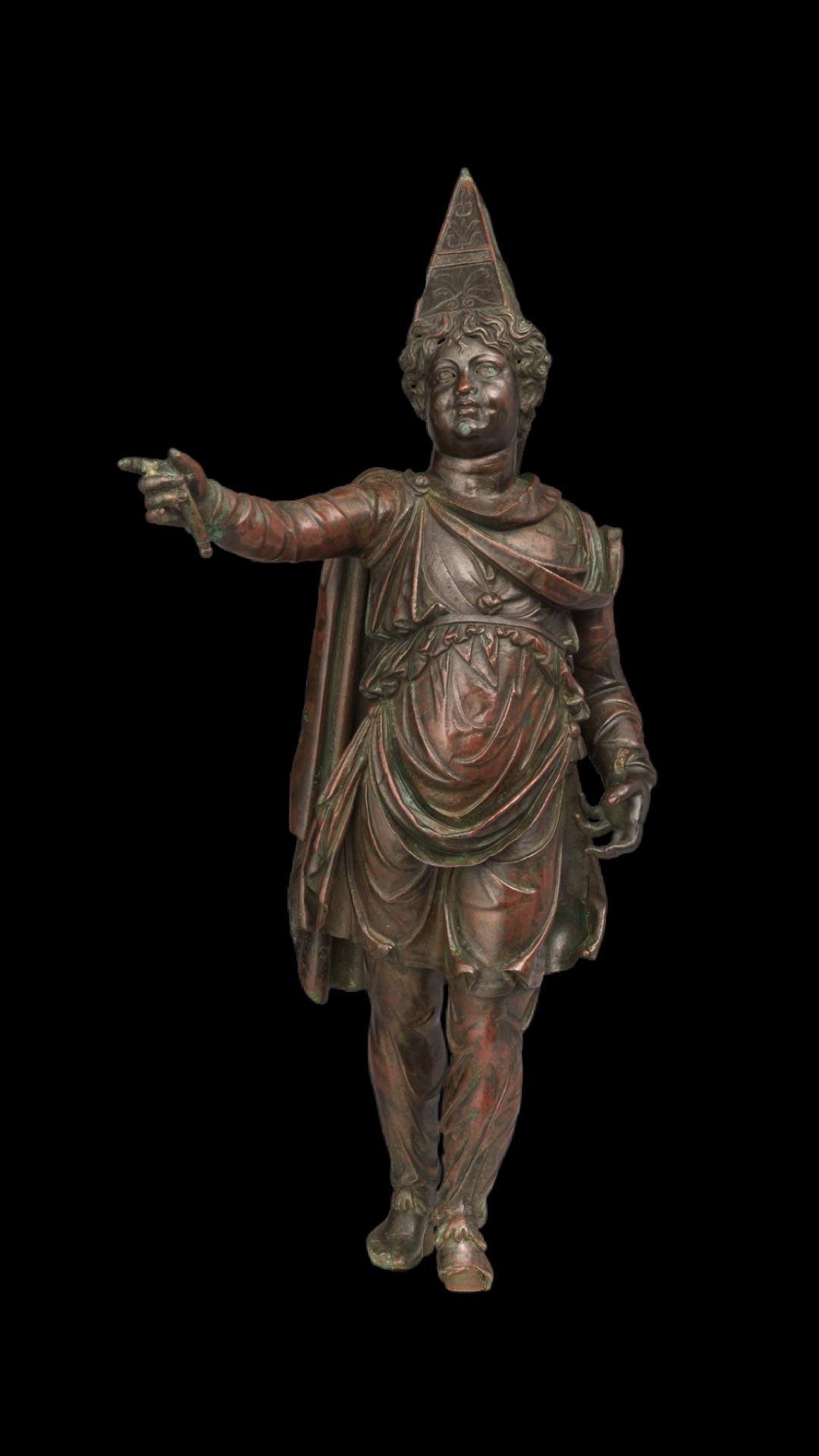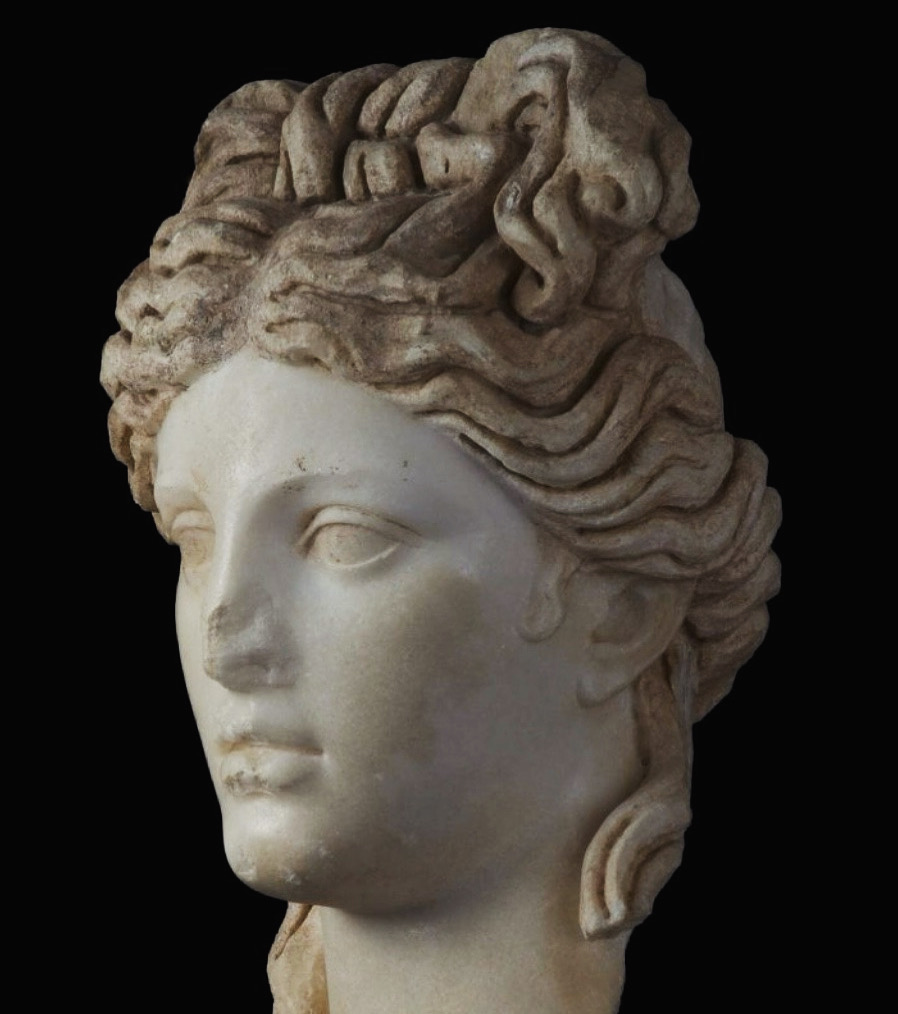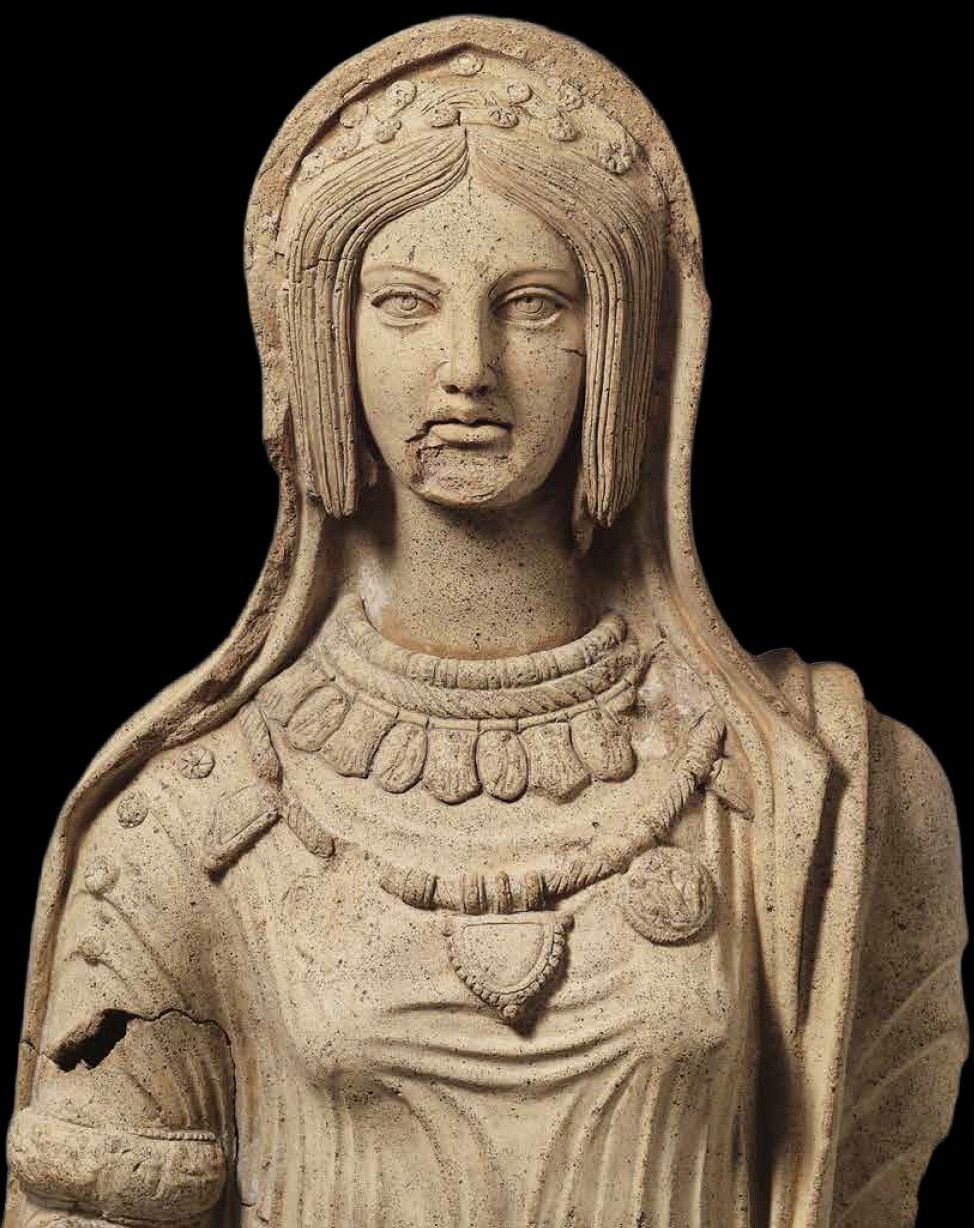The weather is warming up, and this delightful (and really quite unusual) amphora at the Villa Giulia seems somehow appropriate. Anyone for a little skinny-dipping?
At the centre of the scene is a squared-off man-made structure, evidently some sort of fountain environment, further evidenced by two animal-head shaped spouts at the extreme right and left. The painter (the ‘Priam Painter’) has used wavy, sinuous lines to show two branching trees. Hung upon branches are bundles of clothes, and it doesn’t take long to see why! Women (originally their skin was in added white, much of which has flaked off) are leaping nude off that central platform into the rippling water below. A smaller one leaps off the banks, while three others are bathing. One is dunking her hair beneath the spout of falling water to the right, another holding a sponge in anticipation of a scrub-down, and to the very far left a third combing her hair beneath the fountain stream.

It is almost without parallel in Attic painting, and a real triumph of representing landscape and movement in the late 6th century B.C. Although certainly an Athenian product, the vase was exported to Etruria and found in a tomb in Cerveteri. The Etruscans, of course, were voracious collectors of Greek vases.
There is a modern academic compulsion to search for meaning, and ‘achieve’ it by linking whimsical scenes to religious ritual, or a mythological antecedent of some such ritual. (I am often guilty). The other side of this vase shows a seated Dionysos, drinking beneath a viney bier as his satyrs climb monkey-like to pick grapes. This has led most to the conclusion that the bathing women or nymphs, or perhaps partaking in “ritual bathing.” And what the heck would this have meant to the Etruscan consumer?! But to insist on such a meaning detracts from the scene’s lively charm, and moreover the compositional flair: the painter has transported us into voyeurism. Be transported!



